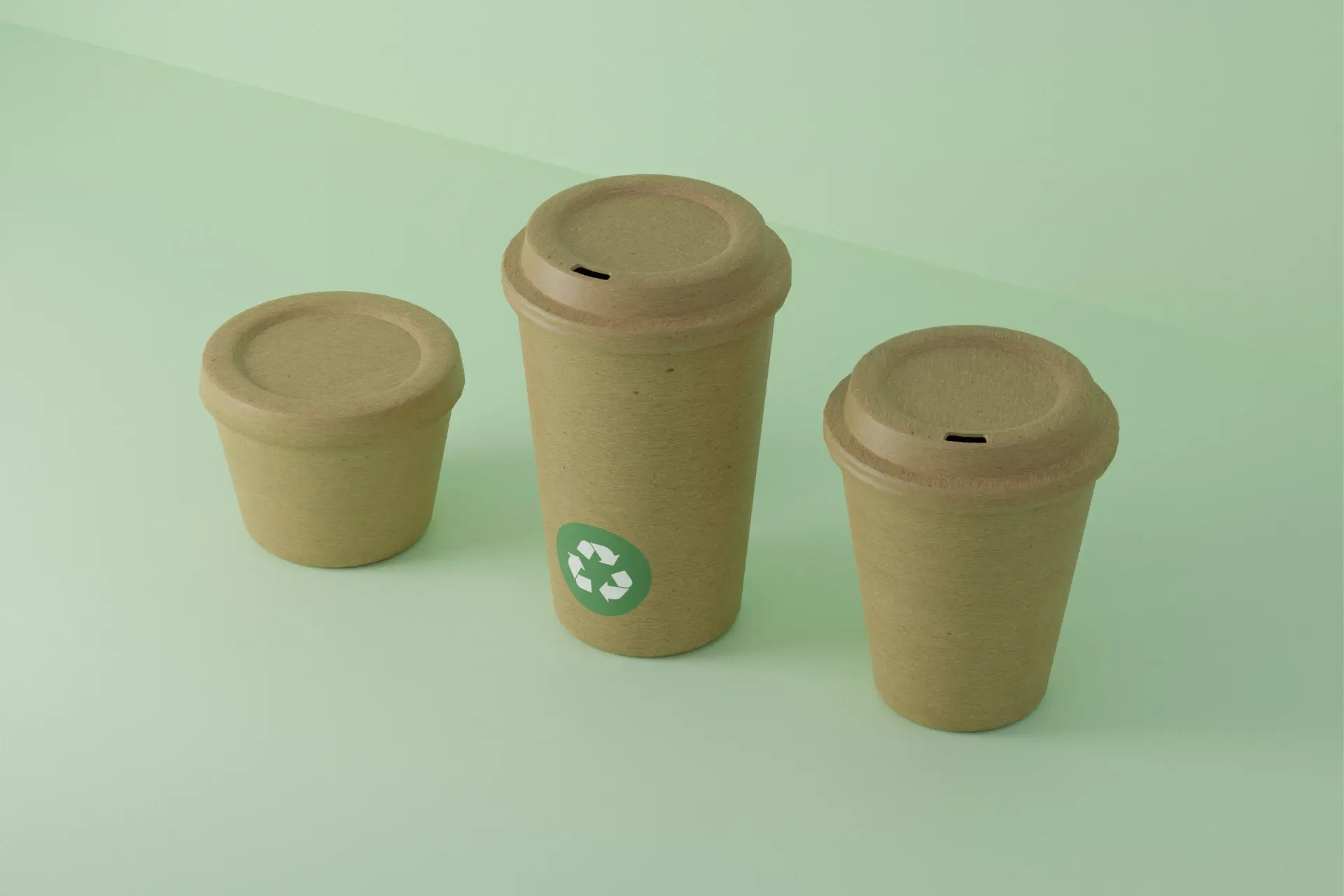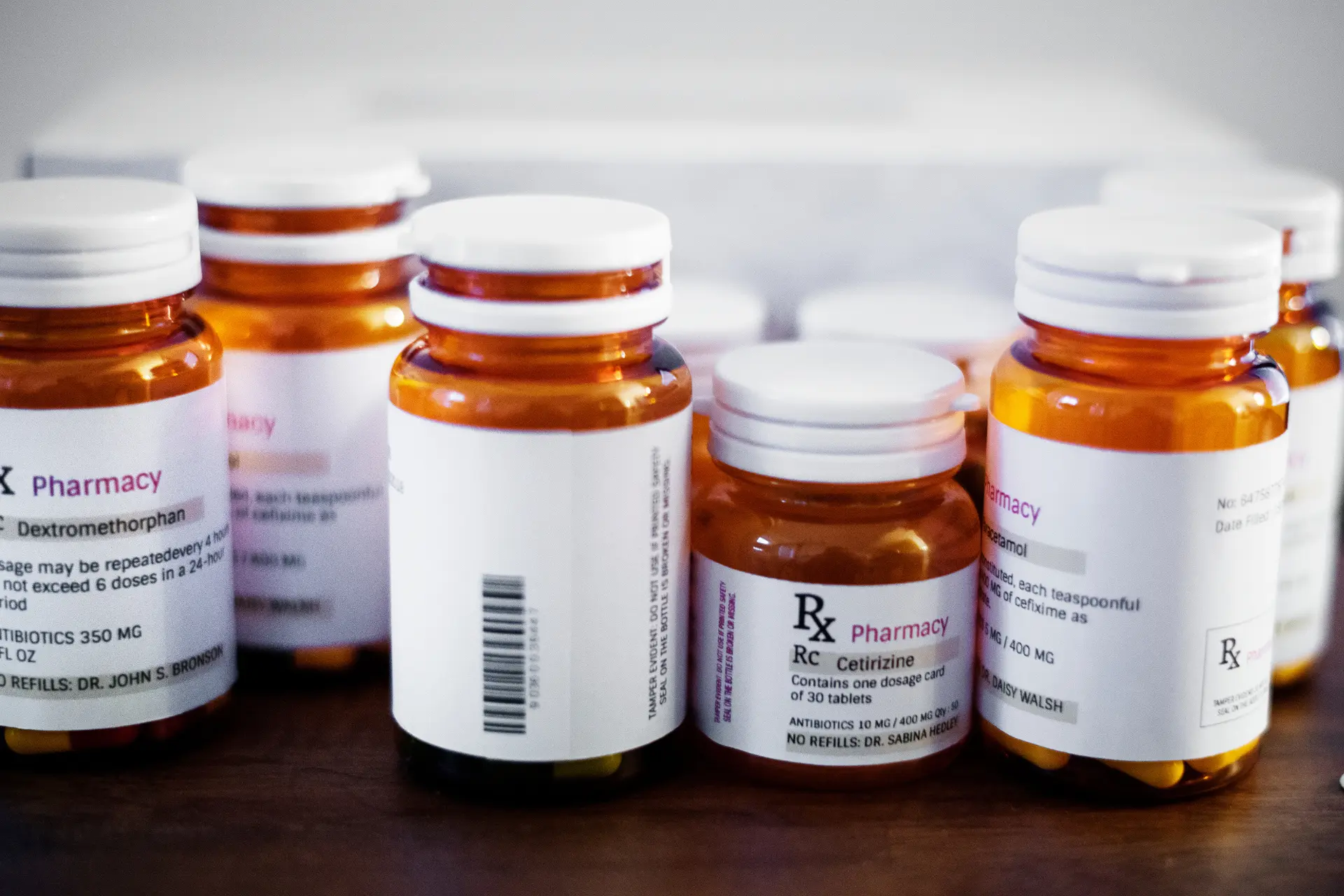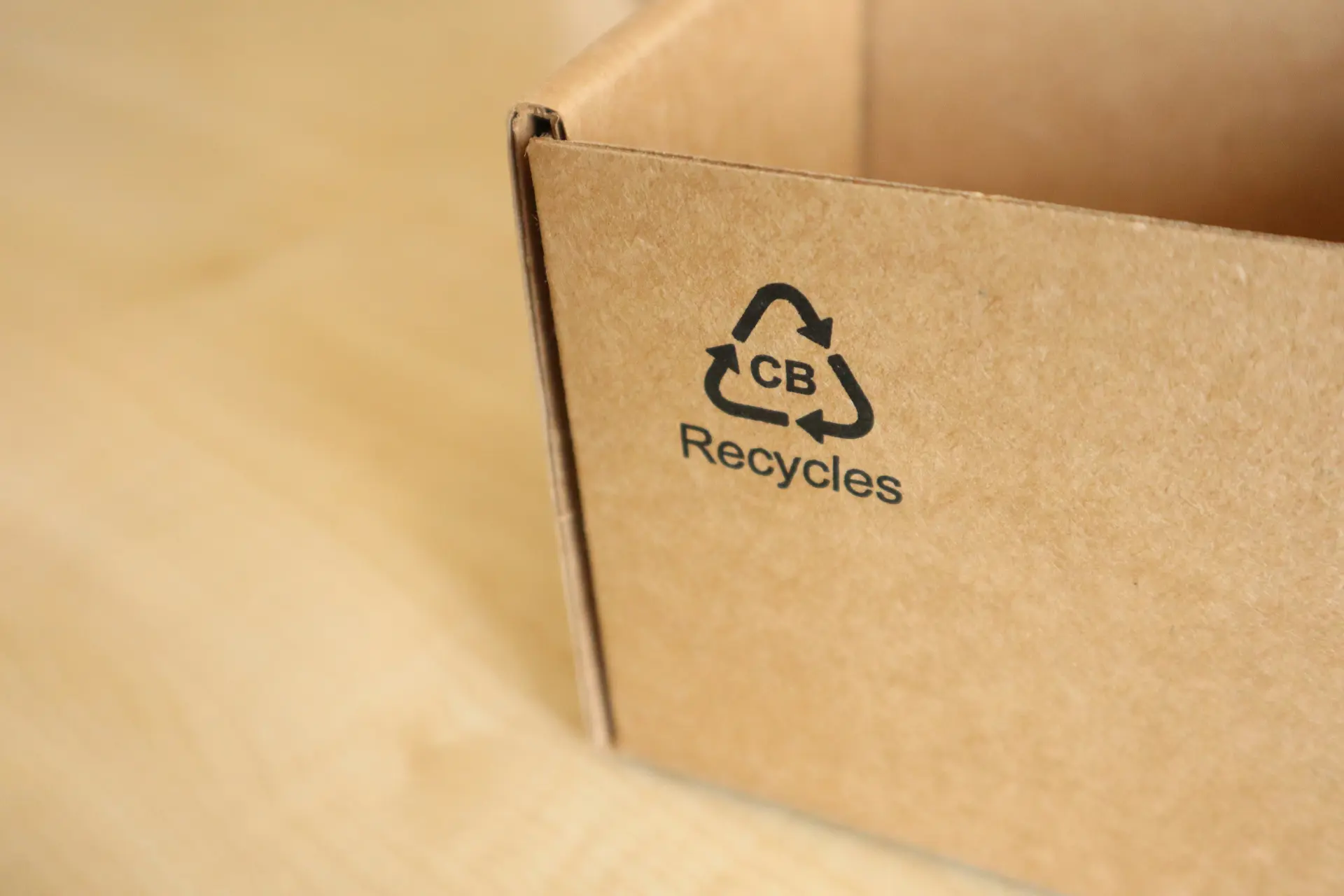Introduction: Understanding OPRL Guidelines and Why They Matter
What Does OPRL Stand For?
OPRL stands for On-Pack Recycling Label, a standardised UK labelling system that helps consumers understand how to recycle packaging correctly. It was established to provide consistent, evidence-based recycling guidance across the packaging industry, from retailers and manufacturers to designers and marketing teams.
Before OPRL existed, recycling labels were confusing and inconsistent. One product might say “widely recyclable” while another simply stated “check locally.” The OPRL scheme brought structure and clarity, helping consumers make informed disposal choices and helping brands communicate sustainability more accurately.
The Purpose Behind OPRL Guidelines
The OPRL guidelines are the foundation of the On-Pack Recycling Label scheme. They outline which packaging materials and formats can display specific recycling claims, based on real-world data from local authorities and reprocessing facilities.
Their purpose is twofold:
- To empower consumers with straightforward, reliable recycling information.
- To guide producers and brands in designing packaging that meets recyclability standards and regulatory expectations.
By following OPRL guidelines, brands help close the gap between design and disposal, which is a crucial step in building a truly circular packaging economy.
The Growing Importance of Labelling in a Circular Economy
Clear recycling labelling is more than a compliance task. It is a cornerstone of the circular economy. Every label on a package influences how consumers dispose of it, affecting recycling rates and contamination levels.
As governments tighten Extended Producer Responsibility (EPR) requirements, correct labelling becomes essential for compliance and data reporting. The OPRL system enables transparency across the entire packaging lifecycle, helping businesses demonstrate environmental accountability while supporting the UK’s broader sustainability goals.
Key Things To Know Regarding OPRL Guidelines
1. What Are OPRL Guidelines and Who Sets Them?
The On-Pack Recycling Label (OPRL) organisation operates as a not-for-profit body governed by members from across the packaging supply chain. It collaborates with recyclers, councils and government departments to ensure its guidance reflects what is actually recycled in the UK, not just what is theoretically recyclable.
The scheme covers all packaging components, from cartons and bottles to films and trays, and aligns with real recycling infrastructure data, ensuring credibility and public trust.
How OPRL Standards Are Developed and Updated
Every year, OPRL reviews the latest collection and recycling statistics from local authorities and processing plants. If material recovery rates change, the guidelines are updated to reflect those new realities.
For instance, flexible plastics such as bread bags and crisp packets were once marked “Don’t Recycle.” But as supermarket collection points expanded and local schemes improved, some of these materials have been upgraded to “Recycle with bags at larger stores.”
This continual improvement means brands must stay agile, relying on up-to-date data to ensure compliance.
The Connection Between OPRL and UK Recycling Targets
The UK government has ambitious recycling targets aligned with net zero commitments. OPRL plays a critical role by providing consumer-facing clarity and industry consistency.
Accurate OPRL labelling supports:
- The achievement of UK Plastics Pact goals.
- Transparent reporting under EPR frameworks.
- Greater consumer participation in recycling programmes.
By adopting OPRL-compliant labelling, brands directly contribute to national recycling improvement initiatives.
2. What Materials and Packaging Formats Do the OPRL Guidelines Cover?
The OPRL guidelines apply to almost every form of primary, secondary and tertiary packaging, including:
- Plastic bottles, pots, tubs, trays and films
- Paper and cardboard
- Glass containers
- Aluminium and steel cans
- Composite packs and laminates
Each material is evaluated based on recyclability across UK collection systems. Multi-material packaging, such as plastic-lined paper cups or foil-lined pouches, can be more complex, as recyclability depends on how easily materials can be separated and processed.
How OPRL Evaluates Recyclability Based on Local Collection Systems
Unlike many voluntary labelling systems, OPRL classifications are grounded in actual local authority data. To earn a “Recycle” label, at least 75% of UK local authorities must collect and reprocess the material successfully.
If between 50 and 75% of authorities accept it, the label reads “Check Locally”, while anything below 50% falls under “Don’t Recycle.”
This evidence-based approach ensures labels remain credible, avoids overclaiming recyclability, and keeps messaging honest.
Recent Updates to Material Assessments and Criteria
Recent OPRL updates have reflected growing capabilities in flexible plastic recycling, developments in compostable packaging evaluation, and the inclusion of recycling return points at major retailers.
Materials that were once classified as “Don’t Recycle” are increasingly being re-evaluated as collection networks expand. Brands must therefore revisit their packaging specifications regularly to maintain compliance and avoid printing outdated OPRL icons.
3. Understanding the OPRL Labels and Their Meanings
The OPRL labelling system consists of three main categories:
- Recycle: The packaging is widely collected and reprocessed across the UK.
- Check Locally: The material is accepted by some councils but not all.
- Don’t Recycle: The material cannot currently be recycled in standard household collections.
These simple classifications make recycling intuitive for consumers, removing confusion and promoting positive recycling habits.
Icons, Colours, and Messaging – How They Improve Consumer Clarity
Visual clarity is vital for quick recognition. OPRL labels use consistent colours and icons:
- Green for “Recycle”
- Grey for “Check Locally”
- Black for “Don’t Recycle”
Each includes straightforward instructions and avoids technical language. Studies show that consumers are twice as likely to recycle correctly when clear OPRL labels are present, underlining the importance of correct usage.
Common Labelling Mistakes to Avoid
Typical OPRL compliance errors include:
- Using outdated labels from previous guideline versions.
- Mixing correct and incorrect component labels (for example, saying “Recycle” for a bottle but forgetting the non-recyclable cap).
- Not differentiating between components of a single product (for example, box versus film window).
Such inconsistencies can mislead consumers, invite regulatory scrutiny and damage brand credibility. Regular internal reviews and version control help prevent these issues.
4. Why Following OPRL Guidelines Is Crucial for Brands
In a marketplace where sustainability influences purchasing decisions, OPRL compliance signals honesty and accountability. Brands that display correct, recognisable labels earn trust and align with consumer expectations for responsible packaging.
Transparency builds long-term brand value, while unclear or misleading information risks reputational harm.
Avoiding Greenwashing and Misleading Labelling
Misstating recyclability, even unintentionally, can be considered greenwashing, which is now closely monitored by the UK’s Competition and Markets Authority (CMA) and the Green Claims Code.
Following the OPRL guidelines ensures all claims are evidence-based and defensible, protecting businesses from penalties and preserving brand integrity.
Supporting Corporate Sustainability Goals and EPR Compliance
EPR (Extended Producer Responsibility) schemes hold producers financially accountable for the environmental impact of their packaging. Accurate OPRL labelling helps companies:
- Report precise recyclability data to regulators.
- Reduce EPR-related fees by improving material design.
- Align with ESG (Environmental, Social and Governance) objectives.
Compliance with OPRL is therefore not just a legal safeguard. It is a sustainability enabler.
5. How to Implement OPRL Guidelines Effectively
Start by mapping your entire packaging portfolio, including every SKU, material and component. Identify which items already meet OPRL’s recyclability thresholds and which require redesign or label updates.
A structured audit will highlight risk areas, such as multi-material formats, missing recycling information, or non-conforming artwork files.
Aligning Design, Materials, and Labelling with OPRL Rules
Collaboration is essential. Packaging design, procurement and marketing teams must work in sync to ensure every new product launch aligns with recyclability criteria. Material choice, adhesive types and finishes all affect OPRL classification, sometimes in unexpected ways.
Embedding OPRL compliance into the early stages of packaging design avoids costly redesigns later.
Ensuring Collaboration Between Teams and Suppliers
Because packaging development often involves multiple suppliers, print vendors and internal departments, consistency can easily be lost. Implementing centralised data management and standardised approval processes helps maintain control over every label iteration.
OPRL guidelines evolve regularly. Keeping artwork, specifications and recycling information up to date is crucial. Businesses managing hundreds of SKUs benefit from automated systems that flag outdated OPRL data and prevent it from reaching print.
6. OPRL Guidelines Moving Forward and Recycling Communication
The next phase of OPRL evolution lies in digital integration. QR codes, augmented reality (AR) and NFC tags can provide consumers with interactive recycling instructions, location-based collection details and sustainability insights.
Such innovation ensures brands can deliver dynamic, tailored recycling advice without reprinting physical packaging each time guidelines change.
Anticipating Changes in UK and EU Recycling Policy
As the UK aligns more closely with European sustainability standards, OPRL guidelines will continue adapting. New legislation, including EPR rollouts, Deposit Return Schemes (DRS) and stricter recyclability definitions, will influence how packaging is designed, labelled and disposed of.
Forward-thinking brands that invest in scalable, data-driven packaging management systems will be best equipped to keep pace.
How Technology Is Driving Greater Transparency
Technology enables transparency and traceability from design to disposal. Platforms like 4Pack allow businesses to manage packaging specifications, artwork versions and recycling data centrally.
Digitalisation not only supports compliance but also accelerates go-to-market speed, reduces costs and enhances collaboration across departments and geographies.
How 4Pack Helps You Stay Compliant with OPRL Guidelines
- Centralising Packaging Data and Label Management: 4Pack is a cloud-based packaging and artwork management solution that brings all your packaging data, artwork and compliance information into one secure platform. By centralising packaging specifications, brands can ensure every component is assessed against the latest OPRL guidelines before release.
- Ensuring Version Control and Audit Readiness: 4Pack’s built-in version control and digital audit trail ensure full visibility and accountability. Every label change, approval and revision is recorded, providing immediate evidence of compliance if audited. This level of control reduces errors and helps you avoid the cost and waste of incorrect packaging runs.
- Enabling Collaboration Across Teams and Suppliers: With 4Pack, design, marketing, regulatory and supplier teams can collaborate in real time. Each stakeholder has access to the same approved information, ensuring consistency and reducing approval delays. By digitising packaging workflows, 4Pack eliminates the confusion of scattered spreadsheets, outdated PDFs and long email chains.
- Automating Label Approvals and Compliance Checks: 4Pack automates compliance validation by comparing packaging data and artwork elements against key regulations, including OPRL, EPR and environmental standards. Automated alerts flag potential issues early, so they can be resolved before print, saving time, cost and risk.
Common OPRL Compliance Challenges (and How to Overcome Them)
Inconsistent Data Between Teams or Suppliers
Without a single source of truth, inconsistencies are inevitable. A label may meet design approval but fail compliance review. Using a unified system like 4Pack ensures everyone works from the same verified dataset, eliminating ambiguity and reducing risk.
Misinterpretation of the Guidelines
OPRL’s technical detail can be complex, especially when materials or collection systems change. Automated rule updates within a digital management platform help maintain alignment and remove human error from the process.
Managing Frequent Updates to OPRL Criteria
The OPRL scheme frequently evolves in line with recycling infrastructure. 4Pack’s alert and versioning tools help brands stay ahead of these changes by automatically highlighting which products may need packaging updates or label rework.
Conclusion: Making OPRL Compliance a Strategic Advantage
Turning Packaging Compliance into Brand Strength
Compliance does not have to be viewed as a regulatory burden. In fact, it can be a strategic differentiator. Brands that embed OPRL compliance into their packaging development process demonstrate genuine commitment to environmental responsibility, and that builds long-term consumer trust.
Consumers value brands that help them recycle correctly. By following the OPRL guidelines and clearly labelling packaging, companies help reduce confusion, improve recycling rates and enhance customer loyalty.
Clarity equals confidence, and that is invaluable in a crowded, sustainability-conscious marketplace.
Why Digital Solutions Like 4Pack Are the Future of Packaging Compliance
As packaging regulations tighten and expectations for transparency grow, manual compliance processes are no longer sustainable. Digital solutions like 4Pack make packaging data management seamless, efficient and compliant, empowering teams to focus on innovation rather than administration.
Book a Demo with 4Pack
Whether you are managing hundreds of SKUs or launching new product lines, 4Pack simplifies every step of packaging compliance. It centralises all packaging data, automates approvals and ensures that your OPRL labels are always accurate and up to date.
Do not let manual processes or outdated files put your compliance at risk. See how 4Pack can streamline your packaging workflow, strengthen collaboration and ensure OPRL and EPR compliance with ease. Get in touch today!



